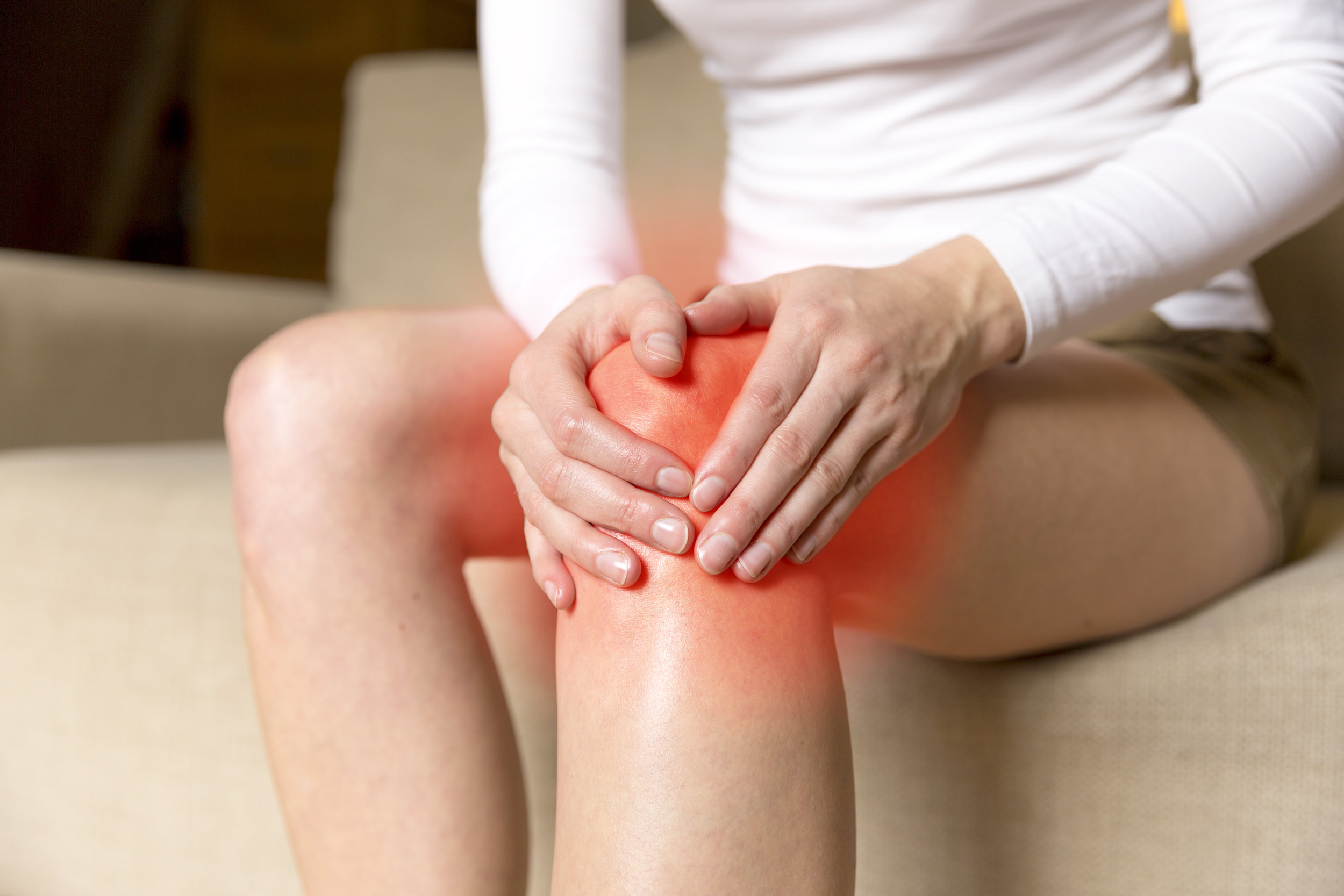Medical Advice Disclaimer:
The information, including but not limited to, text, graphics, images, videos and other material contained within this website are for informational purposes. This website should not be used as a substitute for speaking to a medical professional. Always seek the advice of your doctor or other qualified health care professional with any questions you may have regarding your condition or treatment.
What is the condition?
Knee osteoarthritis is a common type of arthritis that affects the knee joint. It is a degenerative condition that occurs when the cartilage in the knee joint wears down over time, leading to pain, swelling, and difficulty moving the joint.
In the UK, at least 8.5 million people struggle with Osteoarthritis. Approximately 1 in 5 adults (18.2%) over 45 years of age in England has osteoarthritis of the knee. This figure is expected to double by the year 2030, due our ageing population & an increase in weight (Arthritis Care Report).
What are the symptoms?
Symptoms of knee osteoarthritis include pain, swelling, and stiffness in the knee joint. The pain may be worse after activity and may be relieved by rest. Other symptoms may include a crunching or grinding sensation when moving the joint, difficulty straightening the leg, and a feeling of weakness in the knee.
How is the condition diagnosed?
If you’re suffering from any symptoms of knee osteoarthritis, speak to your healthcare provider. They can point you in the direction of the best treatment options for you.
During your initial consultation, they will likely ask questions about the type, frequency and location of your pain/symptoms as well as reviewing your family history.
If you are able to, they will probably also carry out a physical examination, where they will assess the range of motion you currently have in your knee joint. They will look for signs of swelling, tenderness, and deformity. They may ask you to perform certain movements or tests to evaluate the function of the knee. Depending on your condition, imaging tests, such as x-rays or MRI scans, may also be used to diagnose knee osteoarthritis. These tests can help visualise the inside of the knee joint and show the extent of any cartilage damage or other abnormalities.
In some cases, a sample of fluid from the knee joint may be taken for analysis in a laboratory. This can help identify any underlying issues that may contribute to the knee pain.
What makes someone more likely to experience knee osteoarthritis?
There are several factors that can increase the risk of developing knee osteoarthritis. Age is one of the biggest risk factors, as the condition is more common in older individuals. Being overweight or obese can also increase the risk, as excess weight puts added strain on the knee joint. Other risk factors include a previous knee injury, a family history of osteoarthritis, and certain occupations or activities that involve frequent kneeling or bending.
Read more about knee arthritis from the Versus Arthritis charity here.
What are the treatment options?
Early diagnosis and treatment can help manage your symptoms to stop them from worsening.
While there is no cure for knee osteoarthritis, there are treatment options that can help manage the symptoms and improve mobility.
Non-surgical treatments
There are several non-operative treatments available: for example, physical therapy, medications, injections, and assistive devices such as knee braces, shoe inserts and compression sleeves which aim to improve the function of the knee joint without resorting to surgery.
Non-surgical treatment has some benefits:
- It is less invasive and carries a lower risk of complications.
- Your knee remains intact.
- It can be performed on an outpatient basis, allowing you to return home the same day.
- It is often less expensive than surgery.
- It may provide relief from symptoms and improve your mobility, without the need for long-term pain medication.
Managing chronic, arthritic pain can be difficult, but there is help out there for you. There are many group rehabilitation programmes available to you that help people in a similar position.
These groups can integrate educational self-management and coping strategies with an exercise program individual to you.
You can take a look at one example here: https://escape-pain.org.
Surgical treatments
Surgical options can be categorised into two types:
- Knee replacement / resurfacing: This includes a total or partial knee replacement
- Knee preserving: This includes a knee osteotomy / knee realignment surgery, arthroscopy, knee join distraction and adipose tissue therapy (stem cells)
A knee osteotomy is a knee preserving surgical procedure that aims to relieve pressure on the arthritic part of the knee by realigning the limb and loading normal cartilage.
Whichever solution you choose, it is important to work with a healthcare provider to determine the best treatment plan for your individual needs.

